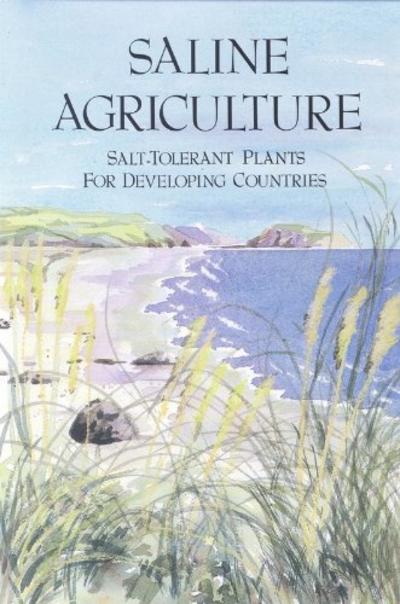Saline Agriculture: Salt-Tolerant Plants for Developing Countries
National Research Council

The agricultural use of saline water or soils can benefit many developing countries. Salt-tolerant plants can utilize land and water unsuitable for salt-sensitive crops (glycophytes) for the economic production of food, fodder, fuel, and other products. Halophytes (plants that grow in soils or waters containing significant amounts of inorganic salts) can harness saline resources that are generally neglected and are usually considered impediments rather than opportunities for development.
Salts occur naturally in all soils. Rain dissolves these salts, which are then swept through streams and riven to the sea. Where rainfall is sparse or there is no quick route to the sea, some of this water evaporates and the dissolved salts become more concentrated. In arid areas, this can result in the formation of salt lakes or in brackish groundwater, salinized soil, or salt deposits.
There are three possible domains for the use of salt-tolerant plants in developing countries. These are:
1. Farmlands salinized by poor irrigation practices;
2. Arid areas that overlie reservoirs of brackish water; and
3. Coastal deserts
Publication Details
- Published: 1990
- Publisher: National Academy Press
- ISBN-10: 0309041899
- ISBN-13: 9780309041898
- Dewey Decimal: 635.903
- ECHO Library: 635.903 NRC